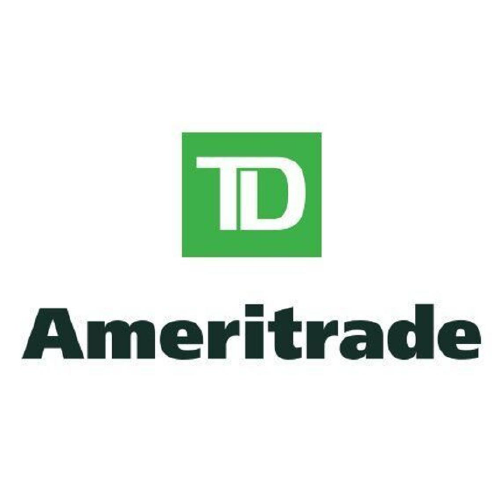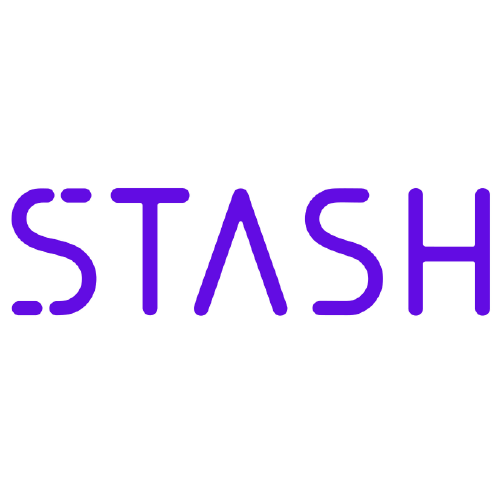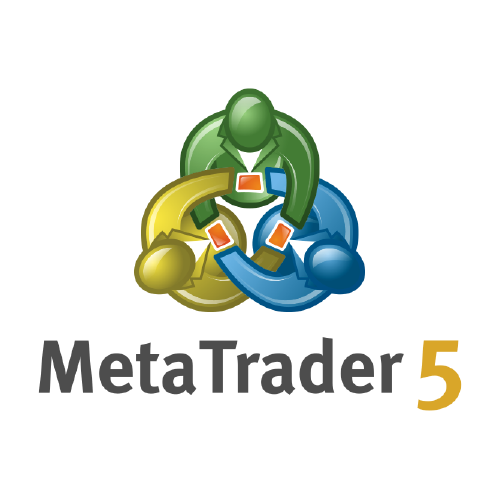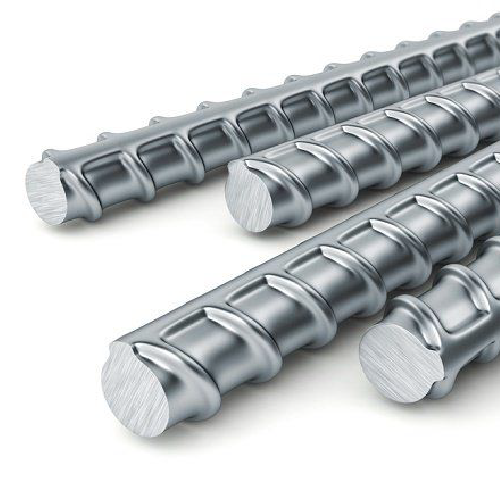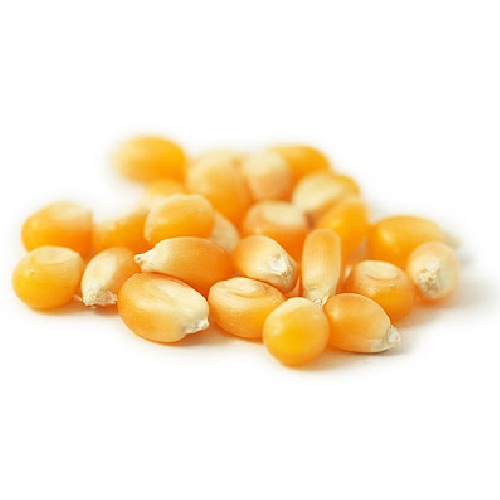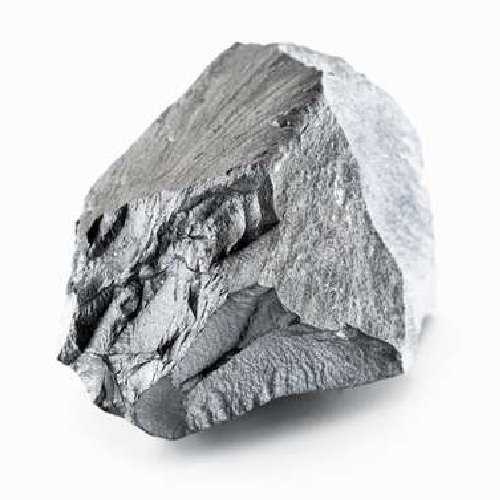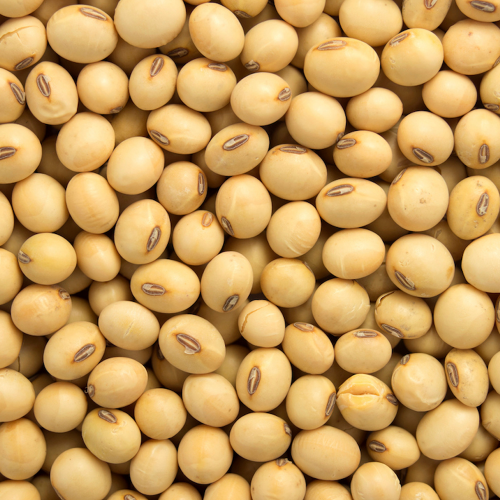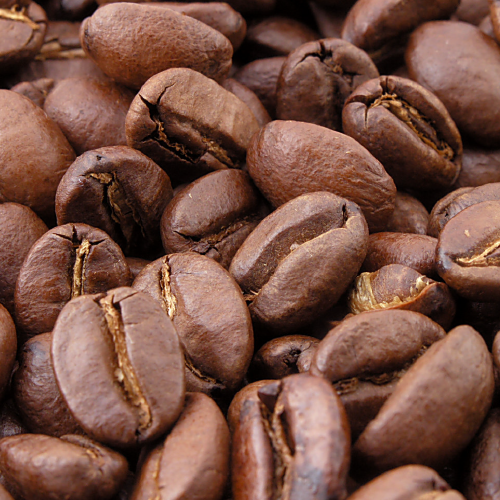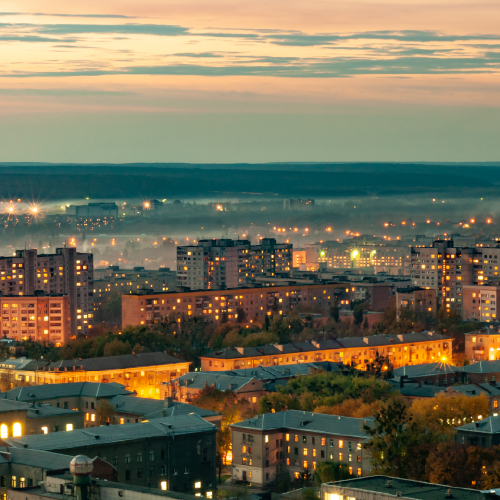Iron ore is widely available and a relatively easy commodity to mine.
Historically, supply has matched demand, lending iron ore a relatively stable price.
However, the recent urbanization of China and its increased demand for iron ore to manufacture steel has led to a shortage of iron ore in comparison to demand. This has driven up the price in 2020.
Iron ore has a wide range of uses:
- Cast iron
- Steel production
- Magnets
- Industrial catalysts
What are the four types of iron ore?
Iron ores are rocks and minerals from which metallic iron can be extracted. There are four main types of iron ore deposit: massive hematite, which is the most commonly mined, magnetite, titanomagnetite, and pisolitic ironstone. These ores vary in colour from dark grey, bright yellow, or deep purple to rusty red.
What is iron ore used for?
Iron ore is the source of primary iron for the world’s iron and steel industries. It is therefore essential for the production of steel, which in turn is essential to maintain a strong industrial base. Almost all (98%) iron ore is used in steelmaking. Iron ore is mined in about 50 countries.
In June 2021, iron ore was valued at approximately 214.43 U.S. dollars per dry metric ton unit (dmtu), as compared to 103.3 U.S. dollars per dmtu in June 2020.
How do you identify iron ore?
Iron ore has a shiny, metallic appearance within the rock. Iron ore is put down in layers and runs in “veins,” much like gold. Test the mined rock ore. Using a small rare earth magnet, test each portion of the rock for traces of magnetism.
Prices for iron ore cargoes with a 63.5% iron content for delivery into Tianjin traded at $150 a tonne, slightly above a 9-month low of $139.5 as sentiment over demand was lifted by news that the latest Covid-19 outbreak in China was under control. Yet, iron ore prices remain more than 30% below a record high of $230 hit in May amid curbs on steel production in China and improved supply outlook.
Steel producers in Anhui, Gansu, Fujian, Jiangsu, Jiangxi, Shandong, and Yunnan provinces were told to limit their production to 2020 volumes amid China’s efforts to curb carbon emissions. Meantime, shipment volumes from Australia, the biggest supplier to top steel producer China usually improve in the last quarter.
One way to trade iron ore is through the use of a contract for difference (CFD) derivative instrument. CFDs allow traders to speculate on the price of iron ore and iron ore shares. The value of a CFD is the difference between the price of iron ore (or shares) at the time of purchase and its current price.
The price of iron ore slumped 11 per cent in the days that followed the NDRC’s meeting – with some analysts predicting the downward trend. A Capital Economics report shortly after predicted iron ore prices could drop back to around $US140 ($A185) per tonne by end-2021, and $US120 ($A160) per tonne by end-2022.
How much iron ore is left in the world?
The top five iron ore-producing countries accounted for 81.3% of global production. In 2019, world reserves of iron ore amounted to 168.6 billion tonnes.
Financial Trading is not suitable for all investors & involved Risky. If you through with this link and trade we may earn some commission.
What is iron ore trading?
Iron ore trading is the practice of speculating on the price of iron ore in order to make a profit – usually via futures, options, spot prices or shares and exchange-traded funds (ETFs), and using CFDs.
As with other derivatives, the aim of iron ore trading is to predict the direction the market will move. The further the market moves in the direction you’ve predicted, the more you’d profit and the more it moves against you, the higher your losses.
Why trade iron ore?
When it comes to the reasons to trade iron ore, the commodity differs to more valuable metals like gold and silver in that its price is linked more to its utility in steelmaking than its inherent value. Therefore, traders may choose to be bullish on iron ore in conjunction with a generally optimistic outlook on economic growth and GDP, which is often conducive to increased industrial activity and demand for steel.
On the flipside, those speculating on iron ore should be aware of the risk of economic contraction hitting demand and causing price to fall. Also, iron ore supplies are finite, meaning future pressures on supply may be another reason for prices to spike – although this may not be a factor for many decades yet.
World’s biggest iron ore producers
The world’s biggest iron ore-producing countries are Australia, Brazil, China and India, with a large gap to Russia in fifth. In terms of companies, Brazilian miner Vale leads the way with 300 million tons produced in 2020, followed by Anglo-Australian operator Rio Tinto at 286 million, and Australian giant BHP at 248 million.
History of iron ore trading
The history of iron ore trading may go back as far as 2,000 BC, when some believe the first extraction of iron from its ores happened. However, it wasn’t until the 19th century when the large-scale mining of iron ore for industrial steel production began.
Fast forward to the modern day, and steel is used in a wide variety of industries, the largest being buildings and infrastructure, but also in mechanical equipment, automotive and domestic appliances. In more recent years, iron ore hit a high in 2011 as supply was disrupted in major exporter India, and steelmakers in China rushed to buy ahead of Chinese New Year. The price would fall steadily over the following years as Chinese demand waned, but rallied again in 2016 as global appetite for the metal warmed up again.
In 2020, iron ore prices surged as a Chinese government stimulus following the coronavirus pandemic spurred infrastructure spending.
Most recently, in May 2021 iron ore prices again surged, this time more than 10% as hopes that the global economic recovery from Covid-19 would extend beyond China and assist commodity markets.
But prices would fall again towards the end of the month, in part down to Beijing’s intervention to boost domestic supply and curb speculation.
Iron ore price history
Take a look at the below chart, which shows the iron ore price history over the last ten years or so, and discover the fundamental factors that contributed to the fluctuations in value seen by the metal.
Financial Trading is not suitable for all investors & involved Risky. If you through with this link and trade we may earn some commission.
Myanfx-edu does not provide tax, investment or financial services and advice. The information is being presented without consideration of the investment objectives, risk tolerance, or financial circumstances of any specific investor and might not be suitable for all investors.





